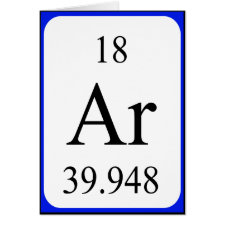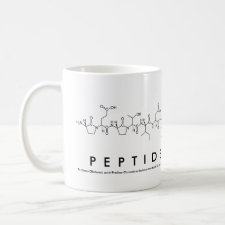
Authors: Shirangi M, Sastre Toraņo J, Sellergren B, Hennink WE, Somsen GW, van Nostrum CF
Article Title: Methyleneation of Peptides by N,N,N,N-Tetramethylethylenediamine (TEMED) under Conditions Used for Free Radical Polymerization: A Mechanistic Study.
Publication date: 2015
Journal: Bioconjugate Chemistry
Volume: 26
Issue: (1)
Page numbers: 90-100.
DOI: 10.1021/bc500445d
Abstract: Free radical polymerization is often used to prepare protein and peptide-loaded hydrogels for the design of controlled release systems and molecular imprinting materials. Peroxodisulfates (ammonium peroxodisulfates (APS) or potassium peroxodisulfates (KPS)) with N,N,N,N-tetramethylethylenediamine (TEMED) are frequently used as initiator and catalyst. However, exposure to these free radical polymerization reagents may lead to modification of the protein and peptide. In this work, we show the modification of lysine residues by ammonium peroxodisulfate (APS)/TEMED of the immunostimulant thymopentin (TP5). Parallel studies on a decapeptide and a library of 15 dipeptides were performed to reveal the mechanism of modification. LC-MS of APS/TEMED-exposed TP5 revealed a major reaction product with an increased mass (+12 Da) with respect to TP5. LC-MS2 and LC-MS3 were performed to obtain structural information on the modified peptide and localize the actual modification site. Interpretation of the obtained data demonstrates the formation of a methylene bridge between the lysine and arginine residue in the presence of TEMED, while replacing TEMED with a sodium bisulfite catalyst did not show this modification. Studies with the other peptides showed that the TEMED radical can induce methyleneation on peptides when lysine is next to arginine, proline, cysteine, aspargine, glutamine, histidine, tyrosine, tryptophan, and aspartic acid residues. Stability of peptides and protein needs to be considered when using APS/TEMED in in situ polymerization systems. The use of an alternative catalyst such as sodium bisulfite may preserve the chemical integrity of peptides during in situ polymerization
Template and target information: thymopentin, TP5



Join the Society for Molecular Imprinting

New items RSS feed
Sign-up for e-mail updates:
Choose between receiving an occasional newsletter or more frequent e-mail alerts.
Click here to go to the sign-up page.
Is your name elemental or peptidic? Enter your name and find out by clicking either of the buttons below!
Other products you may like:
 MIPdatabase
MIPdatabase









